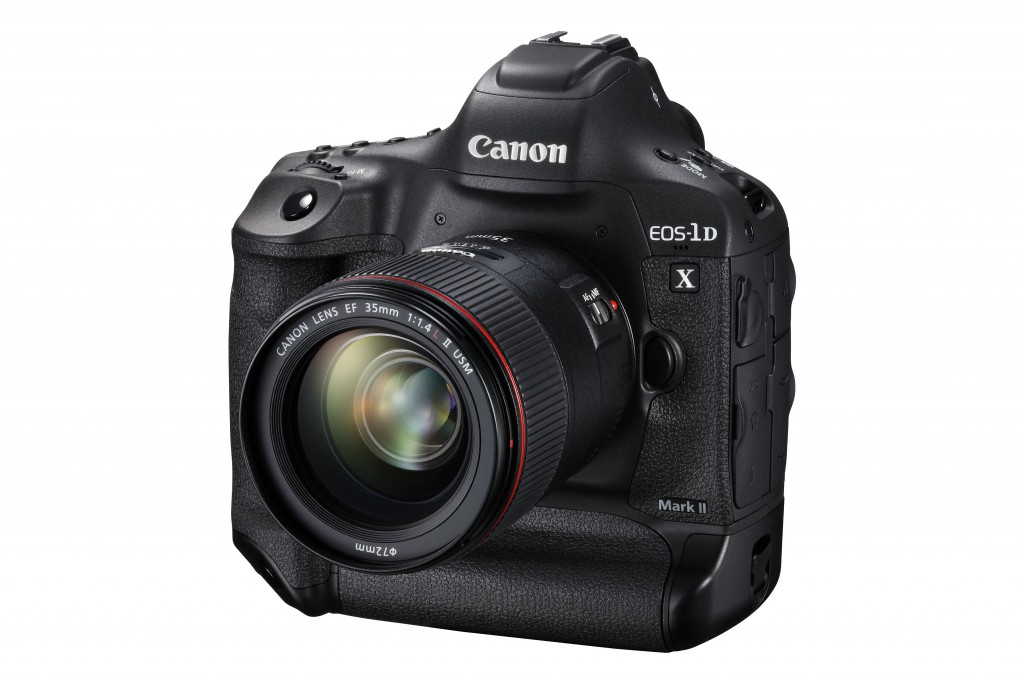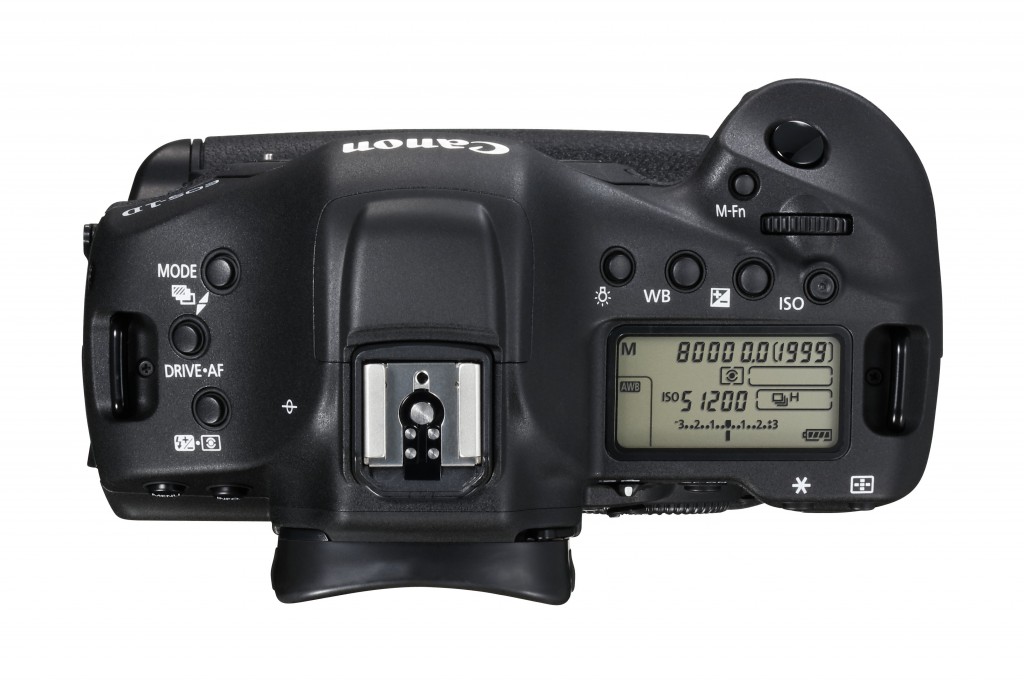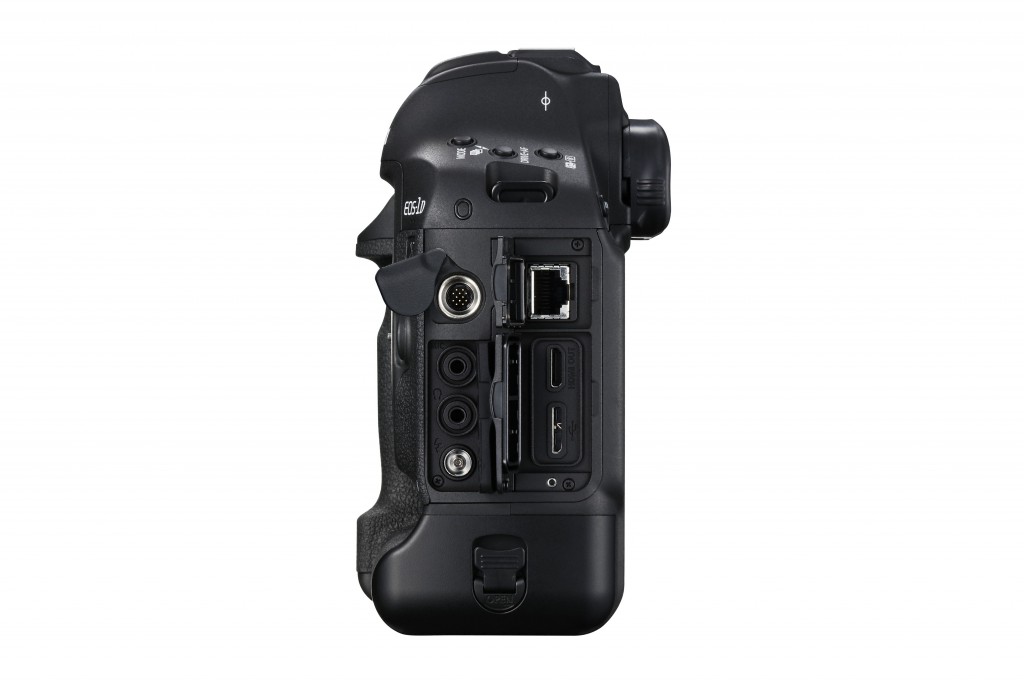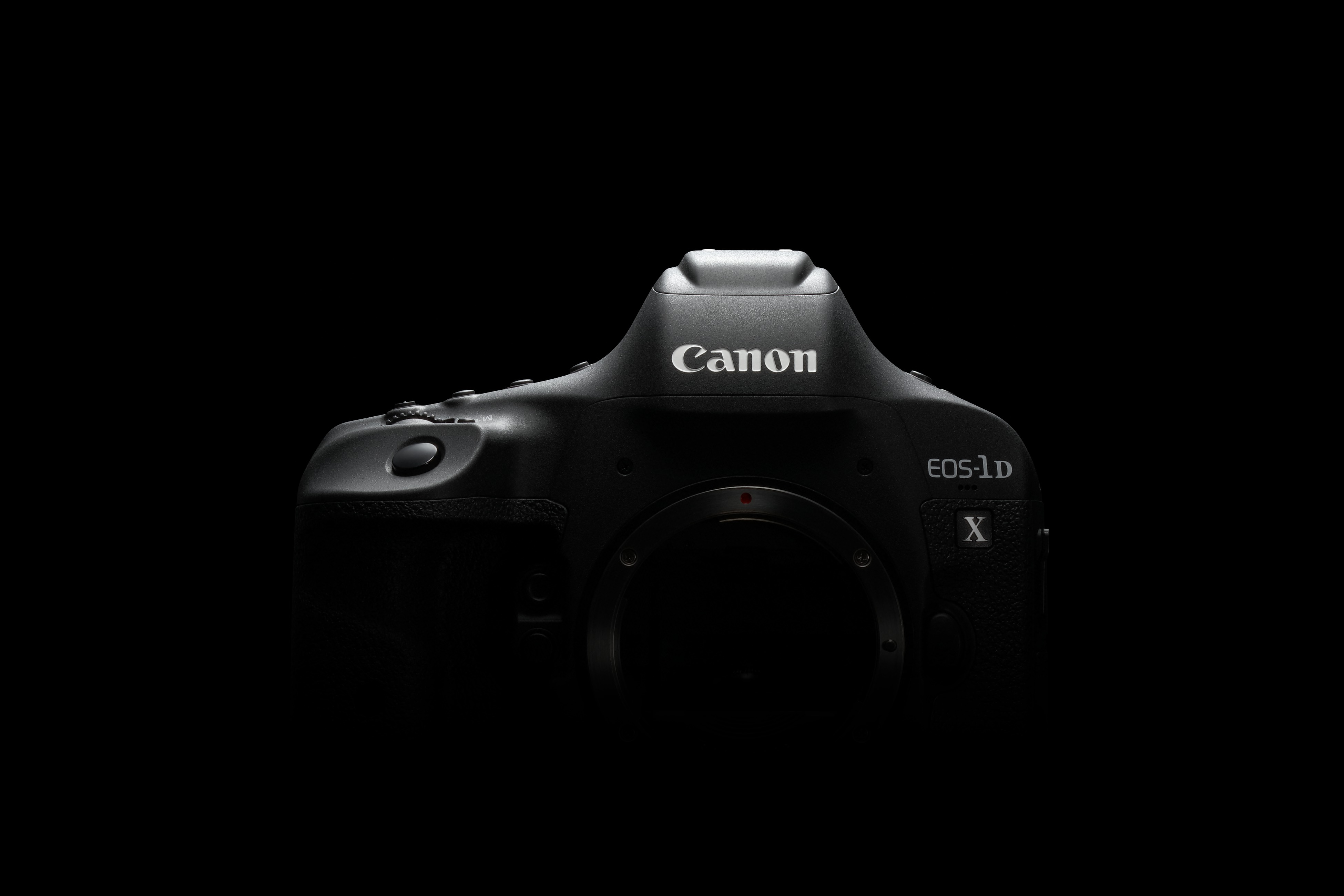New 20.2 megapixel sensor with Dual Pixel CMOS AF
A 20.2 megapixel full frame CMOS sensor with high dynamic range, developed and made by Canon, reduces noise at both high and low ISO. This exceptional sensor ensures high image quality under all shooting conditions.
The EOS-1D X Mark II is the first full frame DSLR to feature Dual Pixel CMOS AF, which can now be used with all EF lenses. Autofocus with Movie Servo AF is possible when shooting 4K movies, along with the High Frame Rate (Full HD 120p slow motion) function. During Live View and movie shooting with Dual Pixel CMOS AF, which covers 80% of the sensor area, the camera’s LCD allows photographers to use the touch screen to select focus points for smoother focus transition.

AI Servo AF III+
Canon’s AI servo AF III+ features a new AF algorithm that, along with the EOS Intelligent Tracking and Recognition (EOS iTR) system, improves the tracking sensitivity in scenes where subject movement may occur suddenly. As a result, it delivers precise and accurate focusing even in difficult situations or environments.
Mirror Drive System
To deliver high speed shooting rates, and fast, precise AF, it is vital there is virtually zero mirror bounce and the mirrors return to their positions as quickly and as accurately as possible. To achieve this, the EOS-1D X Mark II features a two-motor system with separate high-torque motors to drive the mirror and shutter cocking. This allows high speed shooting but also isolates the two different stages from affecting each other.
Both the mirror drive motor and shutter cocking motor have a floating support made of an elastic material. This reduces operating noise and ensures the user’s hands feel minimal vibrations when shooting.
14 frames per second
The EOS-1D X Mark II delivers high speed shooting at 14fps with exposure metering and AF tracking, increasing to 16fps in Live View with AF locked from the first frame. Photographers can achieve these speeds whether shooting RAW files or JPEG. This is possible via high-speed readout technologies built in to the sensor, and delivered to the Dual DIGIC 6+ image processors, and also by the new Mirror Drive System.
GPS
For the first time, internal GPS is available on an EOS-1 series DSLR, offering compatibility with GPS satellites (USA), GLONASS satellites (Russia) and Quasi-Zenith Satellite Michibiki (Japan) global positioning satellites. The camera will add Geotag information (longitude, latitude, elevation, plus Coordinated Universal Time) to the image metadata, a useful extra for agencies and photographers seeking to identify exactly when and where images were taken. The GPS system will also automatically set the time on the camera’s clock based on data from the satellites while a logging function enables the user to track steps with the camera, which can then be added to mapping systems.
CFast 2.0™ media card
The EOS-1D X Mark II is the first EOS stills camera to feature a CFast 2.0™ card slot in addition to CompactFlash card slot. CFast 2.0™ is similar in size to CompactFlash but has recessed contacts, making the card more robust and less likely to suffer issues related to bent pins. CFast 2.0™ currently has a write speed of up to 440MB/s, which is three times faster than the fastest CompactFlash (150 MB/s), allowing a continuous RAW shooting burst of 170 full resolution images.

360k RGB+IR metering sensor
The EOS-1D X Mark II features a RGB+IR metering sensor with 360,000 effective pixels (1404 x 990 near SXGA+ resolution). Evaluative metering and evaluative flash metering are based on the information detected by the sensor. The sensor includes IR pixels that detect infrared (IR) light, which helps the EOS Scene Detection System analyse scenes and improve AF precision. The IR pixels, together with the RGB pixels, are also used to detect brightness, colour and faces. In addition to taking distance information into account, the algorithm also recognises a subject based on face detection and colour information.
Flicker detection
Under flickering light such as fluorescents, using a faster shutter speed may result in irregular exposures and colours due to the light’s flicker frequency. The EOS-1D X Mark II – like the
EOS 7D Mark II, EOS 5DS R and EOS 5DS – detects the frequency of light sources and adapts the shooting timings to capture the image near peak brightness to reduce flicker effects. This function works with a flicker frequency of 100Hz and 120Hz, and has an improved algorithm to prevent the incorrect detection of flickering light.
4K EOS Movies and frame grab
The EOS-1D X Mark II now includes 4K movie shooting at up to 60p and Full HD at up to 120p. 4K 60p movies are recorded internally to CFast 2.0™ in the DCI 4K standard at 4096×2160 (17:9 ratio). The resulting 4K footage is captured at native resolution on the sensor for ultimate sharpness. The camera features a clean HDMI output at Full HD resolution, using a 4.2.2 8-bit colour sampling.
Footage captured in 4K can also be used to extract high-resolution 8.8 megapixel stills. The user can watch the footage on the back of the camera in slow motion and select a separate image frame. This is ideal for fast moving subjects where it is possible to shoot at 60fps in 4K, or for those who need to deliver both stills and high resolution video to clients.
High Resolution Touch Screen
The EOS-1D X Mark II’s LCD has been redeveloped with an even higher resolution of 1,620,000 dots and includes a new anti-alias front ensuring the display is clear and detailed. The screen also features Canon’s Clear View II technology which removes the air gap between the screen and glass cover, preventing reflections.
It is the first time a touch screen is included in a full frame Canon DSLR body – the new touch screen is only activated when using the camera in Live View mode, or during movie shooting, providing the freedom to select AF points and a magnified view.
Super-fast connectivity via USB 3.0, Ethernet and Wi-Fi
The SuperSpeed USB 3.0 terminal enables high-speed image transfer to a computer. The EOS-1D X Mark II, like the EOS-1D X, also offers photographers the ability to transmit images over a network via a built-in Ethernet socket or via an optional Wi-Fi adapter. The
EOS-1D X Mark II is compatible with the existing WFT-E6 wireless adapter for the EOS-1D X, but the new WFT-E8 adapter offers faster transmitting speeds via the 802.11AC (5Ghz band) standard.  Using either compatible Canon WFT accessories enables the Canon Camera Connect App (iOS and Android) to be used for remote operation.
Using either compatible Canon WFT accessories enables the Canon Camera Connect App (iOS and Android) to be used for remote operation.
